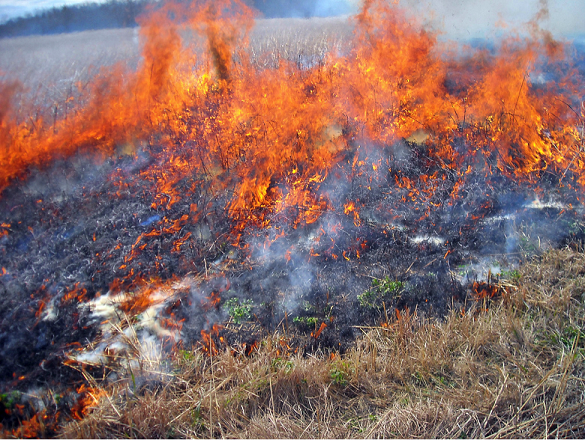Today’s world is rife with examples of social media gone wrong. From the hilariously awful Mike Jeffries saga in 2013 to much less egregious hashtag overloads, it seems like it doesn’t take much for a company to jettison itself into infamy on social media.
Okay, so that may be a bit of an overstatement, but the same principle still applies. Mistakes happen, and you have to be ready to deal with them. We won’t even get into fixing situations like those the Patriots and Chipotle found themselves in because let’s face it — if you were with Chipotle or the Patriots you probably wouldn’t be looking outside your organization for advice.
If you don’t have your own marketing department, or if your department knows just enough to get itself in trouble, fear not: Social media mistakes don’t have to mean catastrophe. Here are a few simple steps you can take to lessen the blow should you slip up online:
- Keep calm. Lives probably aren’t at stake here. First things first: take a deep breath! Yes, it only takes a few minutes to destroy a brand, but you have to really — and I mean really — mess up to do that. Follow through and respond quickly, and this should be no more than a blip on the radar.
- Delete the post (or don’t). Made a truly huge mistake (like tweeting the N-word — I’m looking at you, Patriots)? Say something factually incorrect? Delete it. For all other mistakes, including typos, etc., editing should suffice. On Twitter, you’ll have to decide whether or not typos are big enough mistakes for you to delete. (You can’t edit on Twitter.) Small mistakes can help show that you’re human.
- Craft an appropriate apology. The extent of your apology should be proportionate to the size of the mistake you made. Typo or factual error? Not a big deal to send out a tweet apologizing for being wrong and explaining how you’re correcting it. Big, inappropriate tweet or hack? Apologize as necessary. If you’re big enough to need to do this, be sure you contact your legal department ASAP to make sure you’re not crossing any boundaries. Otherwise, be sincere. Sounding like a robot when you apologize will make things worse.
- Resume normal operations. Unless you do something truly monumental, do not halt social media operations. Social media posts—even those that get a lot of attention—have a relatively short half-life. Putting out more data points about your brand will push your mistake into the back of your followers’ minds.
- Monitor closely for any backlash. You should always monitor your social media for responses, but that’s especially true after a mistake. Check every hour (or more frequently) for comments and questions you should respond to. More importantly, respond to them! Even if that means putting extra people on the team for the short time after your mess-up, do it. It’s worth it. Your brand reputation is on the line here.
- Craft a contingency plan so you’re prepared if/when this happens again. Finally, the best thing you can do moving forward is craft a concrete contingency plan for who to contact, what to say, and more following a mistake on social media. You already got caught with your pants down once. Don’t let it happen again.
While making a mistake on social media could certainly mean watching your brand burn if you handle things incorrectly, these days, there’s no excuse for slow response times and poorly worded apologies. The exact steps will vary by situation and by business, but what you see above is a great outline for keeping yourself out of trouble.
Respond quickly and never ignore mistakes or other slip-ups, as falling short in these areas can mean bad things for your brand. With the right execution, a mistake on social media should be more like a controlled burn and less like a forest fire.
Image Credit: CC by Burning 6 April 2009 86


